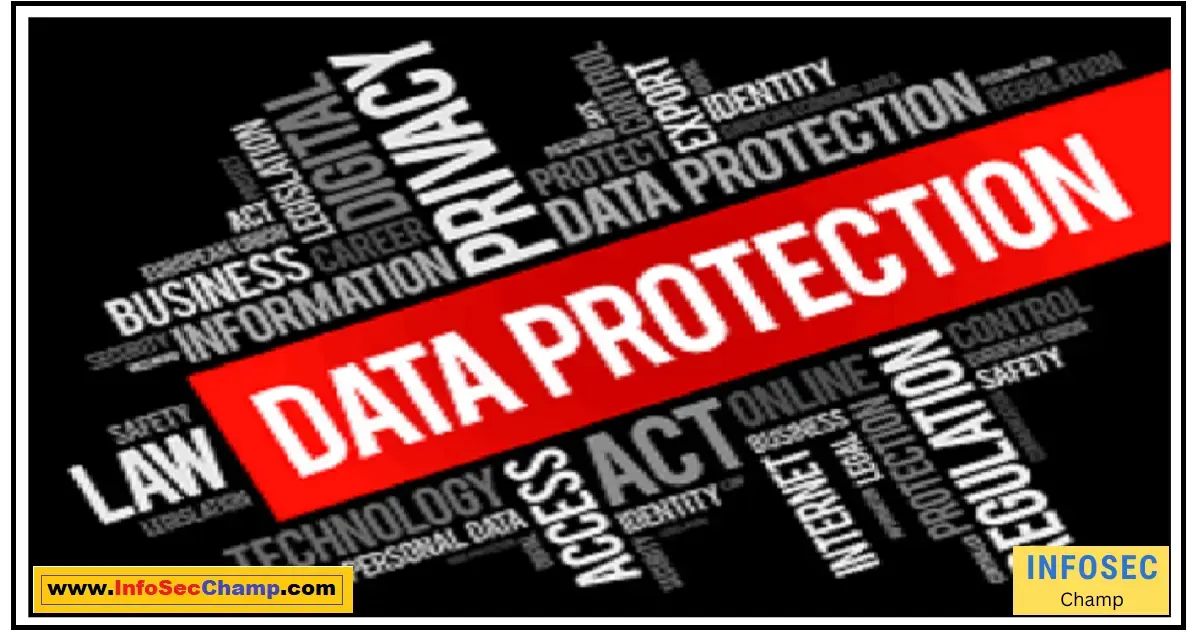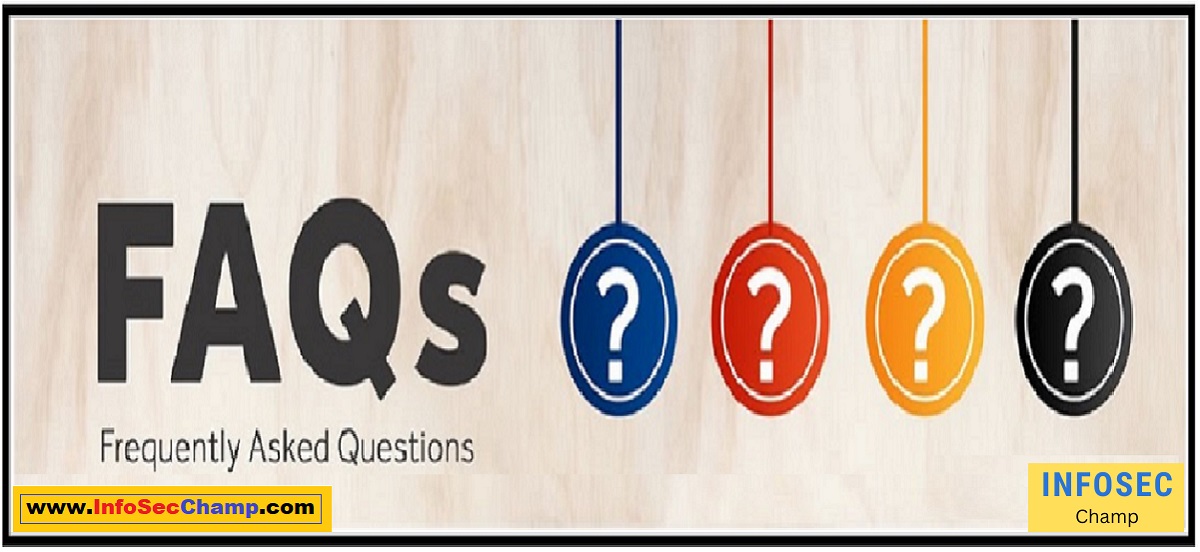In today’s digital landscape, robust data protection practices are more crucial than ever for organizations of all sizes. As cyber threats grow more sophisticated and regulations tighten, companies that fail to implement adequate data protection measures leave themselves vulnerable to devastating breaches, costly fines, and lasting reputational damage. By making data protection a top priority and instituting the right mix of people, processes, and technology controls, businesses can keep their sensitive data safe from unauthorized access or misuse.
The key to effective data protection at the current time is taking a layered, defense-in-depth approach. Measures like multi-factor authentication, data encryption, access controls, security training, and data backup are essential starting points. But organizations should also regularly conduct risk assessments to identify vulnerabilities, implement automated data loss prevention tools, control the use of external media, anonymize data where possible, and have a solid incident response plan in place. Ongoing software patching, hardware upgrades, policy review, and testing backup systems are equally important.
While no single solution can guarantee absolute data protection, following cybersecurity best practices and the latest data protection strategies will position your company to detect and respond to threats more quickly. By implementing the top data protection practices today, you can save your business from becoming tomorrow’s cautionary headline.
Utilize Multi-Factor Authentication Across All Systems
– Require multi-factor authentication (MFA) for all users to access systems and data. MFA adds an extra layer of security beyond just passwords.
– Implement MFA using options like biometrics, security keys, and one-time codes sent to devices.
– Prioritize MFA for external-facing services and admin accounts to limit unauthorized access.
– Educate users on setting up MFA properly and securely on all devices they use to access company data.
– For systems that don’t natively support MFA, use access management tools to add MFA capabilities.
– Regularly test and audit MFA configurations to ensure effectiveness and proper implementation.
Keep Software Regularly Updated and Patched
– Establish a regular schedule for patching operating systems, software, firmware, and applications. Monthly or weekly is recommended.
– Prioritize patching known vulnerabilities and apply critical security patches as soon as available.
– Use centralized tools to automate patching across systems and track compliance.
– Test patches before broad deployment when feasible to check for issues.
– Phase out outdated operating systems and software that are no longer supported.
– Set up notifications for vendor notifications of new patches and vulnerabilities.
– Provide access controls and change management around patching procedures.
Encrypt Sensitive Data End-to-End
– Identify all sensitive data like PII, financial data, intellectual property, etc., and implement encryption controls.
– Encrypt data at rest, in motion, and especially on removable media or mobile devices.
– Use strong recognized encryption methods like AES-256 or above.
– Manage keys properly by storing them separately from encrypted data with limited access.
– Implement policies to classify data and require encryption commensurate with the classification level.
– Encrypt data before transferring to third parties or cloud services.
– Invest in data protection solutions that provide end-to-end default encryption.
– Train personnel on proper encryption protocols tailored to their role and data access.
Implement Access Controls and Least Privilege
– Classify data into levels of sensitivity and assign access controls accordingly.
– Implement role-based access controls aligned to roles and job functions.
– Require elevated/admin privileges only when absolutely needed by personnel.
– Integrate access controls into workflows by prompting user permissions at access points.
– Automate access changes based on personnel status such as terminations or role changes.
– Log and audit access attempts to data and systems to identify anomalies.
– Set up alerts for mass download events or abnormal access patterns.
– Review user permissions and access needs regularly as personnel and systems change.
Leverage Automated Data Protection Solutions
– Evaluate all-in-one data protection platforms that unify key capabilities.
– Prioritize automated tools that continuously monitor systems and data.
– Implement user behavior analytics (UBA) to detect abnormal access patterns.
– Deploy data loss prevention (DLP) tools that identify/block unauthorized data exfiltration.
– Use rights management software to control the usage of files and set access permissions.
– Test automated incident response and data containment capabilities.
– Evaluate automation for data classification, access controls, encryption, etc.
– Ensure comprehensive coverage by correlating insights across tools into unified dashboards.
– Provide integrated visibility into data practices across cloud apps, email, and endpoints.
Conduct Regular Risk Assessments and Audits
– Perform in-depth cyber risk assessments at least annually covering people, processes, and technology.
– Maintain an updated list of systems, software, and data repositories to track in audits.
– Identify critical data and systems that are high priorities for enhanced protection.
– Assess the effectiveness of existing security controls and safeguards during audits.
– Model different threat scenarios and attack vectors specific to infrastructure and operations.
– Conduct vulnerability scans and penetration testing to proactively uncover gaps.
– Remediate issues identified in audits in priority order based on severity/risk.
– Validate remediation through follow-up assessments.
– Update policies and procedures based on audit findings for continuous improvement.
Provide Ongoing Security Awareness Training
– Require annual cybersecurity and data protection training for all personnel.
– Ensure training covers phishing, social engineering, password management, and physical security.
– Tailor training content based on user access levels and job functions.
– Implement engaging training methods like interactive modules and gamification.
– Refresh training periodically with updated content, and quizzes to reinforce retention.
– Train personnel on secure data practices aligned with company policies and procedures.
– Educate personnel on how to identify and report potential threats or incidents.
– Measure training effectiveness through tests, and audits of user practices.
– Provide supplemental training such as newsletters, lunch & learns on emerging threats.
Have an Incident Response Plan in Place
– Develop and document a detailed response plan outlining roles, responsibilities, and playbooks.
– Train and test response personnel on investigation, containment, and remediation procedures.
– Pre-negotiate contracts with forensic experts, PR specialists, and legal counsel if required.
– Establish criteria for classifying and escalating incidents according to severity tier.
– Create an emergency communication plan for notifying customers, partners, and authorities as needed.
– Ensure the ability to restore data from untampered, disconnected backups.
– Implement the capability to isolate, remove, and search impacted systems during the investigation.
– Require post-incident analysis to identify root causes and improve future response.
– Update plan periodically based on lessons learned, exercises, and personnel changes.
Back-Up Critical Data Frequently
– Catalog all business-critical data that requires reliable, frequent backups.
– Implement a backup schedule in line with recovery objectives – daily, weekly, etc.
– Validate backup integrity through restoration tests on a regular basis.
– Store backup media securely with environmental and access controls.
– Back up to multiple destination types – physical media, cloud – for redundancy.
– Encrypt backup data while stored and in transit.
– Use disconnected, immutable backup destinations to protect from malware.
– Ensure sensitive data like financial records or PII has more frequent backups.
– Automate backups rather than relying on individual manual actions for consistency.
– Monitor systems closely for backup failures, lapses, and trigger alerts.
Control the Use of External Devices to Reduce Data Theft
– Maintain real-time inventory of endpoints like laptops, desktops, and servers.
– Implement network access controls to limit unauthorized devices on the network.
– Block the use of external storage media like USB drives, and optical media via policies.
– Employ device encryption and configuration management tools on all endpoints.
– White-list only approved, organization-provisioned devices for system access.
– Monitor and log all endpoint connections to deter and trace data exfiltration.
– Use data loss prevention tools to identify unauthorized data written to external media.
– Educate personnel on the risks of using personal devices or unmanaged external media.
– Enforce encryption policies consistently across approved external devices.
– Disable unnecessary ports, and protocols on endpoints to prevent unauthorized transfers.

Implement Data Loss Prevention Measures
– Classify sensitive data requiring loss prevention protections.
– Implement network-based tools that can detect unauthorized data exfiltration.
– Deploy endpoint agents to monitor and restrict risky user behaviors with data.
– Integrate data loss prevention capabilities into cloud applications and across all systems.
– Establish policies that specify approved data handling aligned to the classification level.
– Use rights management and access controls to limit data exposure.
– Log and alert on potential violations of data policies.
– Provide tools for secure file sharing to prevent risky practices such as emailing sensitive data.
– Train users on recognizing situations that could lead to data loss or theft.
– Assess existing practices around storage, transmission, and encryption to uncover potential gaps.
Use Cloud Services Cautiously by Enabling Added Security Features
– Vet providers thoroughly and review their security posture, and protocols before use.
– Scrutinize privacy terms to ensure control over sensitive data in the cloud.
– Enable access controls, multi-factor authentication, and encryption features.
– Use cloud-native tools to monitor access, and activity when available.
– Limit connections between cloud and internal systems to reduce latency pathways.
– Implement unified visibility and controls across cloud apps via a secure access service edge (SASE).
– Perform risk assessments encompassing data endpoints, and identity management in the cloud.
– Validate security configurations, and apply restrictions through configuration management tools.
– Utilize micro-segmentation, private access controls if using infrastructure as a service (IaaS).
– Avoid lifting and shifting applications to the cloud without proper refactoring.
Limit Data Collection to What is Absolutely Necessary
– Document all systems and instances where personal or sensitive data is collected.
– Classify data elements to distinguish between what is required vs optional.
– Update applications, and forms to collect only required personal data elements.
– Anonymize or pseudonymize data where possible to remove direct identifiers.
– Reduce the use of identifiers like Social Security Numbers that can expose individuals.
– Evaluate options such as data minimization, aggregation, truncation, and hashing to reduce volume.
– Dispose of data elements through secure deletion once the retention period expires.
– Mask sensitive data in non-production environments.
– Train personnel on collecting only necessary data and disposing appropriately.
– Continuously identify new instances of unnecessary data to limit.
Anonymize or Pseudonymize Data Where Possible
– Determine data sets and use cases that can utilize anonymization or pseudonymization.
– Remove obvious identifiers like names, email addresses, and account numbers from data.
– Replace identifiers with pseudonyms or aggregate/generalize data attributes.
– Use truncation, masking, binning, and rounding of data to avoid re-identification.
– Leverage trusted third parties to perform anonymization as an intermediary.
– Ensure anonymization aligns with data regulations if personal data is involved.
– Prohibit de-anonymization attempts and provide access controls on pseudonymized data.
– Employ certification mechanisms like k-anonymity to formally validate.
– Continuously assess and update techniques as technologies improve.
– Where full anonymization is not possible, limit data access to core personnel.
Regularly Purge Unneeded Data
– Maintain data retention policies aligned with legal, and regulatory requirements.
– Catalog all systems and repositories containing sensitive data.
– Enforce data retention schedules through automated deletions where possible.
– Safely destroy physical documents containing sensitive data when expired.
– Use secure deletion methods that fully overwrite digital data.
– Confirm destruction through certificates of destruction or similar proof.
– Update data inventories regularly and classify them based on retention needs.
– Establish stringent review and approval procedures for exceptions or extensions.
– Block access to expired data pending purge.
– Leverage data minimization techniques to curb unnecessary storage.
– Continuously optimize and reduce footprint through de-duplication and compression.
Conclusion:
In today’s data-driven world, robust data protection strategies are more essential than ever for organizations to lower cyber risk. By taking a proactive approach centered on security best practices – strong access controls, encryption, patching, training, backups, and more – companies can keep sensitive data safe even as threats grow more advanced.
Vigilance and continuously reviewing defenses against evolving attack methods are key. With proper implementation of personnel, process, and technology controls, businesses can confidently secure data against unauthorized access or loss. The time is now to make data protection a priority.

FAQs:
Q: What are some best practices for data protection?
A: Best practices include multi-factor authentication, encryption, access controls, security training, backups, DLP tools, and regular risk audits and assessments.
Q: How often should we conduct risk assessments?
A: Risk assessments should be conducted at least annually. More frequent assessments may be warranted for high-risk data.
Q: What data should be encrypted?
A: Sensitive data like customer PII, financial records, and intellectual property should be encrypted in transit and at rest.
Q: Does our incident response plan need to involve legal counsel?
A: Pre-arranging contracts with legal counsel, PR, and forensic experts can help expedite response if an incident occurs.
Q: How can we improve our cybersecurity training program?
A: Consider interactive content, quizzes, and supplemental materials to drive engagement and retention of training concepts.
Golden Quotes:
“Your data protection strategy should align to the risk, not the checklist.”

